SAS Urban Survival Handbook (76 page)
Read SAS Urban Survival Handbook Online
Authors: John Wiseman
Tags: #Health & Fitness, #Reference, #Survival, #Fiction, #Safety, #Self-Help, #Personal & Practical Guides, #General, #Survival Skills

GOLF/HOCKEY
A similar set of back and hamstring injuries can arise from these sports since they’re both played with a bias to one side. In golf, upper back pain is common, and golfer’s or tennis elbow arises when the club is gripped too tightly or frequently hits the turf. Hockey players are vulnerable to high knee and hip pain, due to running while bending over, and to footballer’s groin.
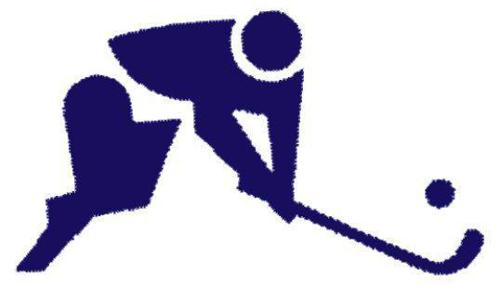
TARGET SPORTS
SHOOTING/ARCHERY
Properly supervised, these sports should not be dangerous. In archery, tennis elbow can develop in the bow arm if technique is faulty. In shooting, elbow and knee pads protect against bursitis. Earmuffs are essential to avoid damage to the tiny bones of the middle ear. Most injuries are the result of accident. ALWAYS follow the gun code:
- ■ NEVER point a weapon at a person, even in jest
- ■ NEVER let a child play with a gun, even if you’re sure it’s unloaded
- ■ ALWAYS assume a gun IS loaded
- ■ ALWAYS break the gun before putting it in a car or climbing an obstacle
- ■ ALWAYS ensure barrel points to the ground—move stock to barrel
- ■ See SELF-DEFENCE: The law Tennis elbow (inflammation where the muscle is attached to the bone) is the classic injury, arising from faulty technique in the backhand (tennis), or from an over-tight grip in the other three sports. An over-tight grip can also lead to ‘squash player’s finger’. Foot, ankle, knee and toe injuries are further perils of squash and racquetball, which are often played by the under-fit who come unstuck twisting and turning at speed, maybe in ill-fitting shoes. Badminton players are prone to shoulder injuries owing to the frequency of overhead shots. Twisting and lunging are features of this sport too, putting ankles and knees at risk.
SPORT BY SPORT
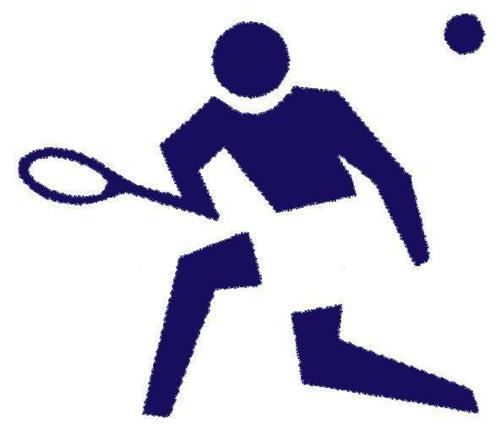
RACQUET SPORTS
TENNIS/SQUASH/RACQUETBALL/ BADMINTON
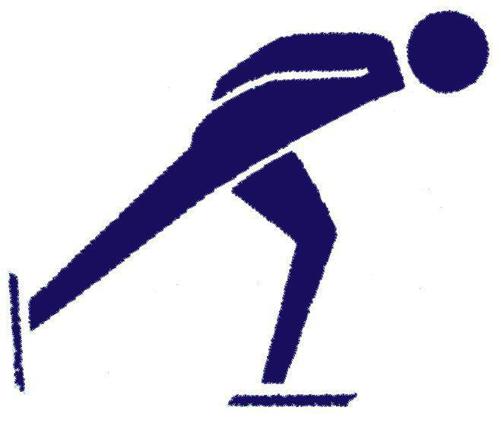
FOOTBALL
Again, inadequate fitness leads to injury, and adductor strain (inside thigh), caused by a kick with the inner side of the foot, and hamstring sprains are especially common in weekend players. Knees are vulnerable to ligament and cartilage strain or rupture. Shin bone fractures and sprained ankles are common. Footballer’s ankle occurs when repeated minor injuries have stretched the ligaments, and footballer’s groin (a loosened symphysis ligament leading to pelvic inflammation) can be caused by sidestepping or backing movements.
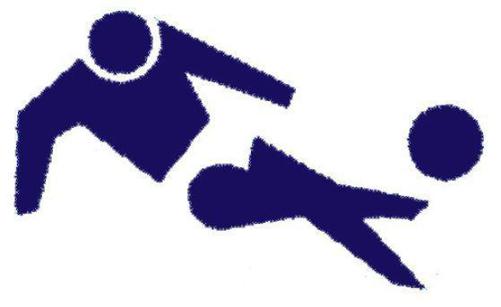
ICE SPORTS
SKATING/ICE HOCKEY
Fractures are more common than ligament injuries on ice – radius and scaphoid fractures are the most usual (from falling onto the outstretched hand) and stress fractures of the tibia (shin) can result from jumps in figure skating. Improved proficiency is your best guard against this. Ill-fitting boots can lead to ankle ligament strain/rupture or to skater’s heel (inflammation of bursa over heelbone). Full padding/armour is essential for playing ice hockey, since most injuries result from blows of the puck or stick.

SKIING
Around 30,000 people are injured skiing each year. About half of these result from skiing in off-piste areas, which can be extremely dangerous. Avalanches and colliding with unanticipated obstacles are among the hazards. The modern ski boot protects against ankle fractures, but puts more stress on the knee, with ligament strains and ruptures caused by twisting or bending. Have your bindings set locally where they know the conditions.
Train adequately before you ski. Fatigue leads to mistakes. If you have never been skiing before, take classes to strengthen your muscles – well in advance. ALWAYS ski with a companion, in case you sustain an injury.
If you must ski alone, set your bindings looser – it’s easier to put a ski back on than to cope alone with a broken leg or twisted ankle.
If you are injured: Apply snow to the injury to reduce swelling. Make a splint from ski sticks or branches. DON’T use outer garments for bandage or splint. You must keep warm. DON’T walk across snow. Lie on your stomach or skis and slide.
ON HORSEBACK
In Britain, riding is the commonest cause of death among young girls. Falling off the horse, of course, is the most dangerous hazard, expecially falling onto the head or neck. A proper helmet (see Clothing) minimizes the risk. If a fallen rider complains of neck pain, numb or weak limbs, DON’T assume the hat prevented injury, seek urgent medical attention. Other common fall injuries include strained or ruptured knee ligaments, fractured thigh, shin or collarbones and shoulder separation. Always respect the horse – it is dangerous at both ends (and uncomfortable in the middle!). Learn some ‘horse sense’ – horses are easily startled by sudden noises. Give all hindquarters a wide berth.
ON WHEELS
CYCLING/BMX/ROLLERSKATING/ STREET HOCKEY/SKATEBOARDING
Falls are VERY common – adequate head protection MUST be worn for all these sports. It may look ‘uncool’ but it could save your life! For all except cycling, knee and elbow protectors are advisable to protect against jarring blows as well as grazes and cuts. The kneecap is particularly vulnerable in 12- to 16-year-old girls – any bent-knee exercise puts extra strain on the joint. ‘Street’ sports also carry an increased risk of lung pollution from the carbon monoxide, lead and sulphur compounds in traffic exhaust fumes – the intake of which is increased by rapid deep breathing.
SPORT BY SPORT
GYM SPORTS
AEROBICS/GYMNASTICS/WEIGHTS
These three sports are most commonly practised by three distinct groups and cause quite specific injuries. Aerobics has contributed to a rise of heart attacks in women over 35, who launch too quickly into over-strenuous exercise and fail to recognize warning signs – exhaustion, pain, discomfort or overheating. Ensure your instructor is up to date in the latest developments of this sport and never ‘go for the burn’. Ideally, gymnasts need supple joints and ligaments, short stature and nimbleness, which accounts for the sport’s popularity with young girls. Flexible joints can easily be overstretched, though, and common injuries include sway back elbow (lax ligaments leading to an unstable joint) and back injuries, caused by frequent hyperextension (overstraightening). Bad technique is the usual route to injury in weightlifting/weight training. The back must always be straight – a belt helps in this by transferring more force to the abdominals. Too much pressure in the abdomen, and a hernia (rupture) is possible, or fainting due to blood not returning to the heart and brain. Biceps strain, shoulder separation and chest wall pain are all hazards of overdoing bench presses.
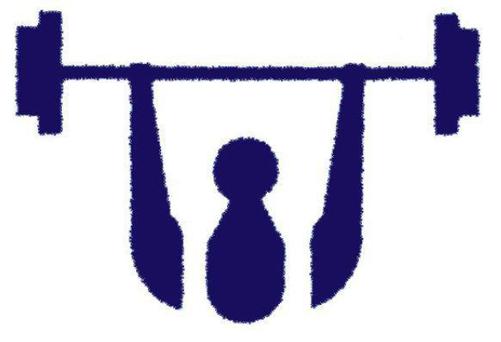
WATERSPORTS
SWIMMING/DIVING
On the whole, swimming is a very safe sport, and is often used as part of the treatment/therapy for all kinds of sports injuries. Chlorine content of public baths can lead to conjunctivitis (inflammation of the eye). Conversely, unchlorinated pools carry the risk of bacterial or fungal infections—from athlete’s foot and verruccas to ear infections and impetigo. Long-distance swimming can cause ‘swimmer’s shoulder’ (rotator cuff rupture or impingement) or ‘swimmer’s knee’ (ligament strain) due to over use and/or bad technique. Diving should ALWAYS be properly supervised, or potentially fatal neck injuries can result. Impact velocity can lead to wrist, thumb and shoulder injuries.
WATERSKIING/WINDSURFING/ SURFING
A well-fitting wetsuit protects against a high-pressure enema (rectal or vaginal) in waterskiing, hypothermia in windsurfing. Bad posture can lead to back pain and injuries in both sports—the risk decreases with competence. Life jackets MUST be worn, even by competent swimmers in case of blows to the head. Waxes used on boards and skis can cause dermatitis. There is a danger with all these sports that you may find yourself far from shore, or in waters you would not choose for swimming.
